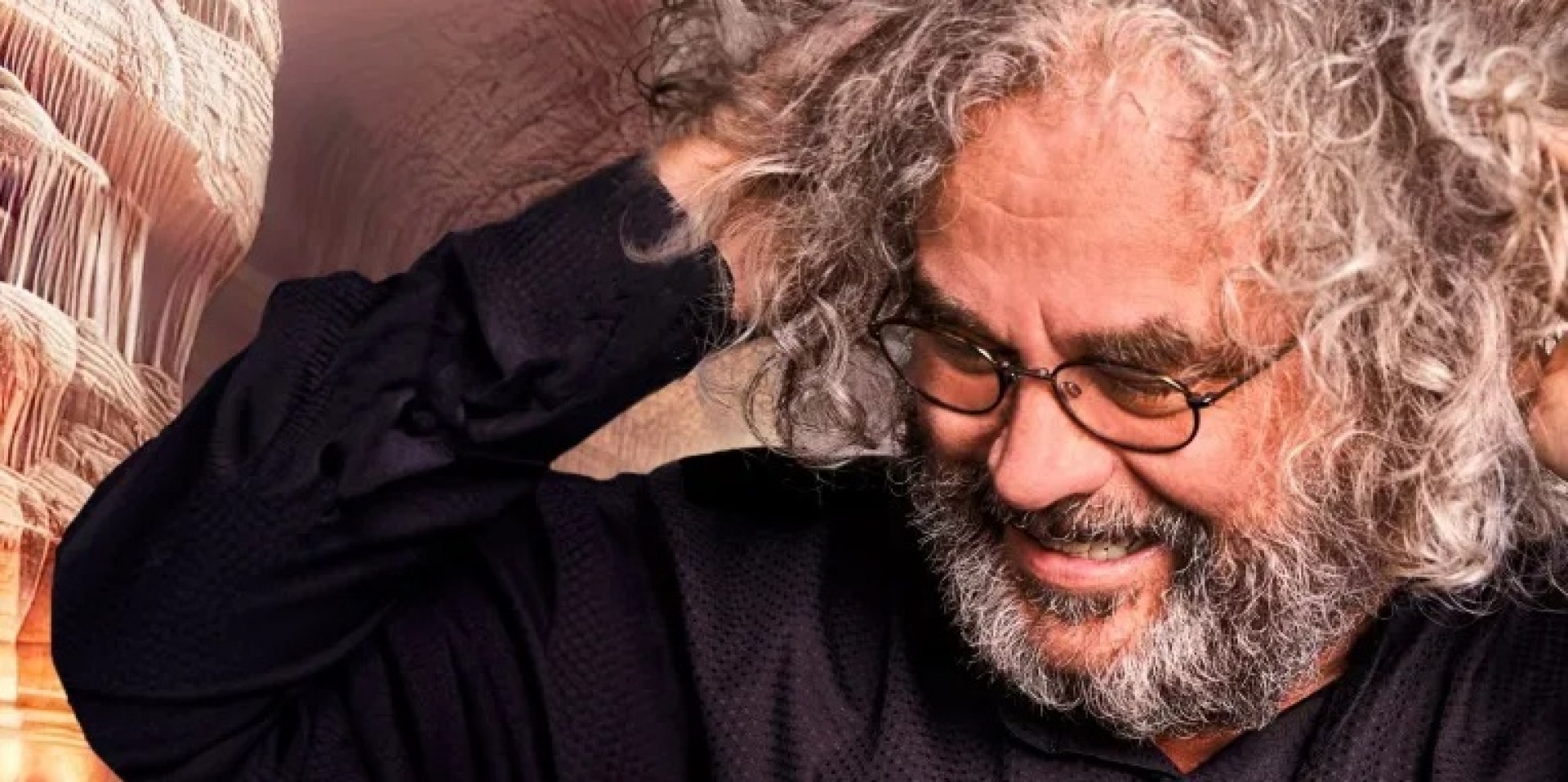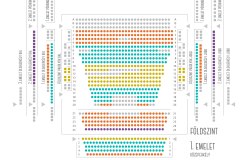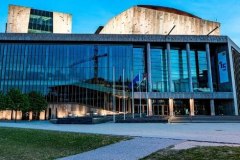Andreas Vollenweider and Friends
October 2025 | ||||||
|---|---|---|---|---|---|---|
Mo | Tu | We | Th | Fr | Sa | Su |
Tickets to their concert on 9 October sold out almost right away, so Andreas Vollenweider and his friends will return to Müpa Budapest to meet the enormous demand on 17 October.
Using an electroacoustic harp of his own design to play his tranquil, hypnotic, gently melodic and primarily instrumental songs, the Swiss Grammy-winner Andreas Vollenweider has stood among the giants of the New Age scene since the late ’70s. Any description of his style deserves much more detail, though, since his music incorporates a great many elements, ranging from art pop, smooth jazz/fusion, contemporary and folk influences to post-minimalist ambient sounds. In addition to his legendary records, he has also composed music that stimulates the neural development of pre-term babies. This humanist artist and his fellow musicians are bringing us a selection of songs encompassing over four decades (with a special focus on 1983’s Caverna Magica) for a concert offering the audience hope, motivation and a chance to recharge their batteries.
Program and cast
harp, guzheng, folk wind instruments, vocals: Andreas Vollenweider
drums, percussion instruments, programming, sound effects: Walter Keiser
wind instruments, percussion instruments, keyboards, accordion, vocals: Daniel Kueffer
cello, vocals, keyboards, percussion instruments: Isabel Gehweiler
guitar and other string instruments: Oliver Keller
Palace of Arts Müpa Budapest
When Müpa Budapest, Hungary and its capital's new cultural hub, opened in 2005, it was built to represent more than 100 years of Hungarian cultural history. As a conglomeration of cultural venues, the building has no precedent in 20th century Hungarian architecture and has no peers in the whole of Central Europe.
The creators of this ambitious project, the Trigránit Development Corporation, prime contractor Arcadom Construction and the Zoboki, Demeter and Partners Architectural Office, were driven by the desire to create a new European cultural citadel as part of the new Millennium City Centre complex along the UNESCO World Heritage-listed Danube waterfront. The result is a facility whose construction quality, appearance, functionality and 21st century technological infrastructure makes it ideally suited to productions of the highest standard. The building is also highly versatile and equipped to host performances of any genre and almost any scale.

 EN
EN DE
DE IT
IT FR
FR ES
ES RU
RU JP
JP RO
RO
 Seating plan
Seating plan 